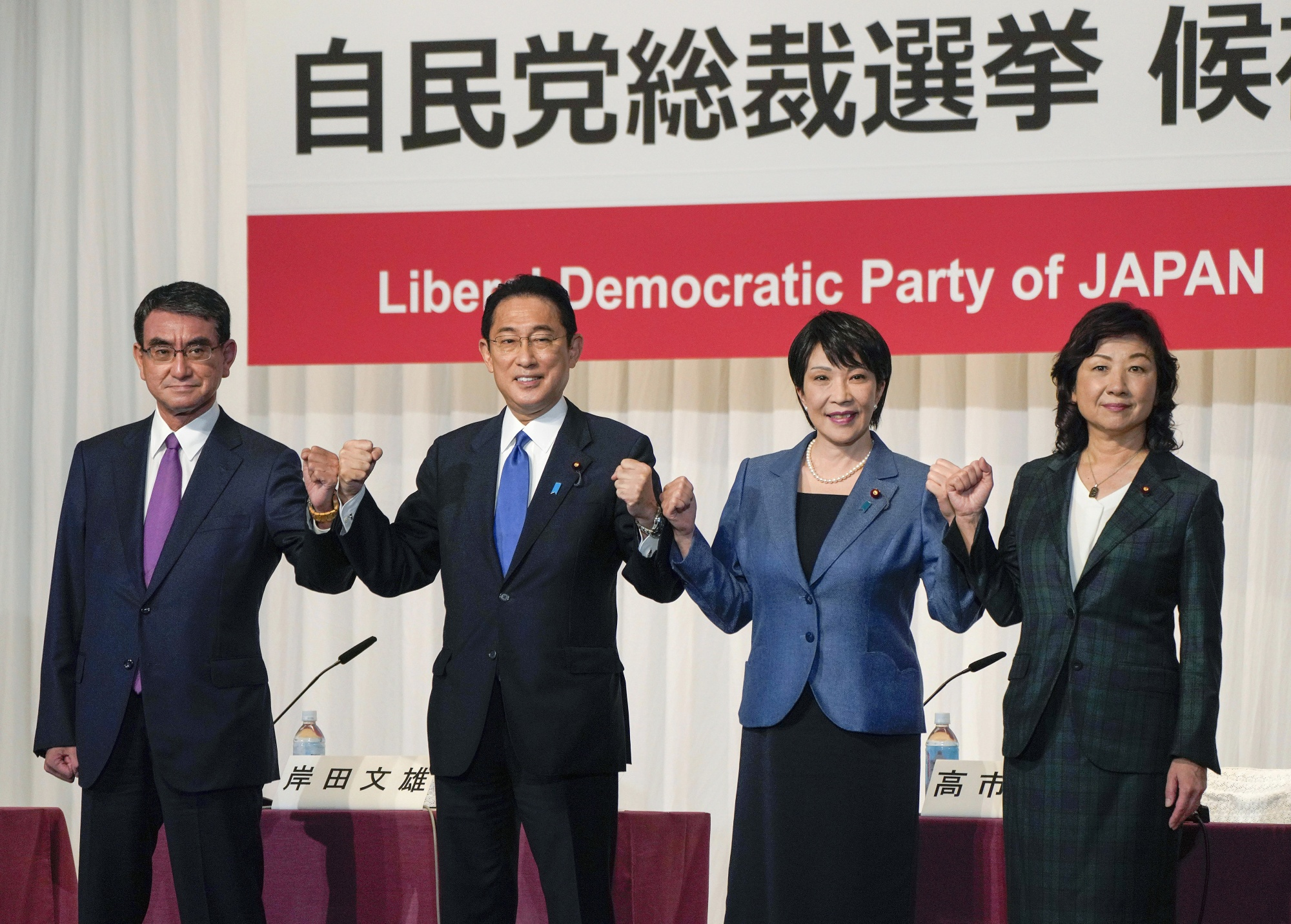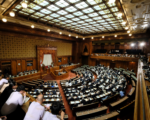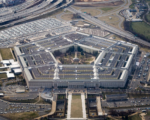Japan’s Ruling Party to Elect New Leader, Next Prime Minister

Japan’s ruling Liberal Democratic Party (LDP) will vote on Friday to elect the successor to Prime Minister Fumio Kishida, determining the country’s next leader. This election is historic, with nine candidates vying for the top position, making it one of the most competitive races in Japan’s recent political history. The outcome could result in the nation’s youngest or first female prime minister, or it could see a veteran politician finally achieve the role.
Kishida surprised many by announcing in August that he would not seek reelection, ending his three-year tenure as prime minister. The LDP’s new leader will automatically become the next prime minister, as the party holds a majority in both houses of Japan’s legislature. A parliamentary vote to confirm the new prime minister is set for October 1.
The leading candidates include former environment minister Shinjiro Koizumi, economic security minister Sanae Takaichi, and ex-defense minister Shigeru Ishiba. Ishiba, 67, is running for the position for the fifth time. He supports the Bank of Japan’s gradual interest rate hikes and has advocated for the formation of an “Asian NATO” to counter regional threats from China and North Korea.
Takaichi, 63, one of two female candidates, has called for increased fiscal stimulus and stronger policies in diplomacy and defense. Koizumi, at 43, would be Japan’s youngest post–World War II prime minister. Despite his limited government experience, he has pledged social and economic reforms and greater transparency within the LDP.
If no candidate secures a majority in the first round, a run-off will be held between the two top contenders.
The new leader will face significant challenges, including guiding Japan through its economic transition after three decades of stagnation, addressing diplomatic tensions with China, and confronting a looming demographic crisis due to an aging population. Japan’s future leadership will also need to navigate potential global uncertainties, such as a possible second Trump administration in the U.S. and shifting international alliances.





















